In today’s NFL where teams are running more spread concepts it has made the safety position all the more important. Safeties need to be able to play deep in coverage, be a force player in the run game and cover the slot. If a safety prospect can do two of those skills at a high level it bodes well for their value and how much success they can have. For this week’s scouting perspective I took at a look at Deontai Williams in his game against Ohio State to see how he performed in each of these categories.
Playing High
The nature of Nebraska’s defense will have Williams line up deep depending on the opposing offenses formations. Williams projects as a prototypical strong safety whose better moving forward then dropping back into coverage, so I was anxious to see how he did in deep coverage against an talented Ohio State passing attack. For the most part Williams didn’t have any glaring mistakes but he also really didn’t get tested too much where he would have to show off his range and ball skills.
The two plays that stand out the most was when he wasn’t matched up with a receiver in coverage. The first play was when Bootle was beat deep on an early touchdown where Williams had his eyes underneath and didn’t get good depth. The other play was the infamous targeting call that led to Williams being ejected from the game. On that play Williams showed what he’s best at in coverage as he read Jaxon Smith-Njigba coming across the field and was able to accelerate forward to lay a body shot to dislodge the ball. Williams has the ability to react to plays in front of him, but where he struggles is moving back or laterally to cover ground.
Force Player
If you watched Deontai Williams for even a few plays you know that he’s a physical player that wants to lay the wood. Any chance he may have to make a big hit and knock the ball out, Williams is going to do that. Against Ohio State that was the case as was able to come up and lay a big hit on a running back in the hole while his hit on Chris Olave in the second half forced a fumble that the Huskers recovered. Using his speed and acceleration Williams is able to close ground and either lay a big hit or even wrap up. The problem with Williams’ physicality can go against him. Instead of playing the ball Williams often wants to lay body shots that can often lead to targeting calls, as we saw in this game.
Cover in the Slot
With more spread offenses that means more four receivers sets, tight ends line up outside or even running backs in the slot. Today’s safeties have to be able to cover. Against Purdue in 2018 Williams held his own against Rondale Moore but against Ohio State Williams had his struggles. In this game Williams twice went to get inside leverage, turning his back to the middle of the field preparing to run deep or outside, but the receiver ran an inside route and was able to get separation on Williams. Both times Williams was able to quickly pick up that the receiver was cutting inside, but he just lacked that quick twitch change of direction ability to be able to recover. Williams has the acceleration to make up ground, but lacking those change of direction skills can put him behind.
Stock UP or Down
Deontai Williams was one Husker prospect that I couldn’t wait to see in 2020 because of his injury in 2019. As I look back at his tape from 2018 to now I’ve seen improvement in Williams’ game, but the overall projection has not really changed. Part of that is a small sample size, but it still looks as if Williams is a rotational player who will be fighting to be a late round pick. While he has the traits to help out in the run game, his lack of coverage skills really limit what he can do in an NFL defense. Williams best case scenario is to latch on as a special teams player who can develop into a nice rotational safety.
Source link
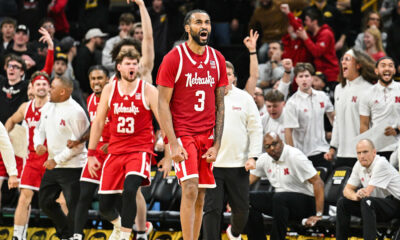





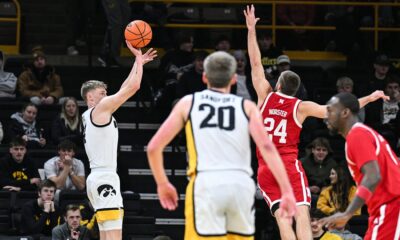

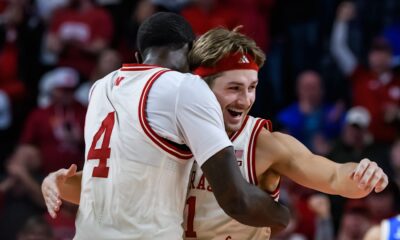

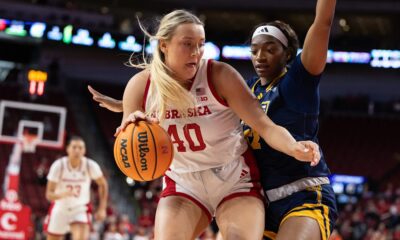

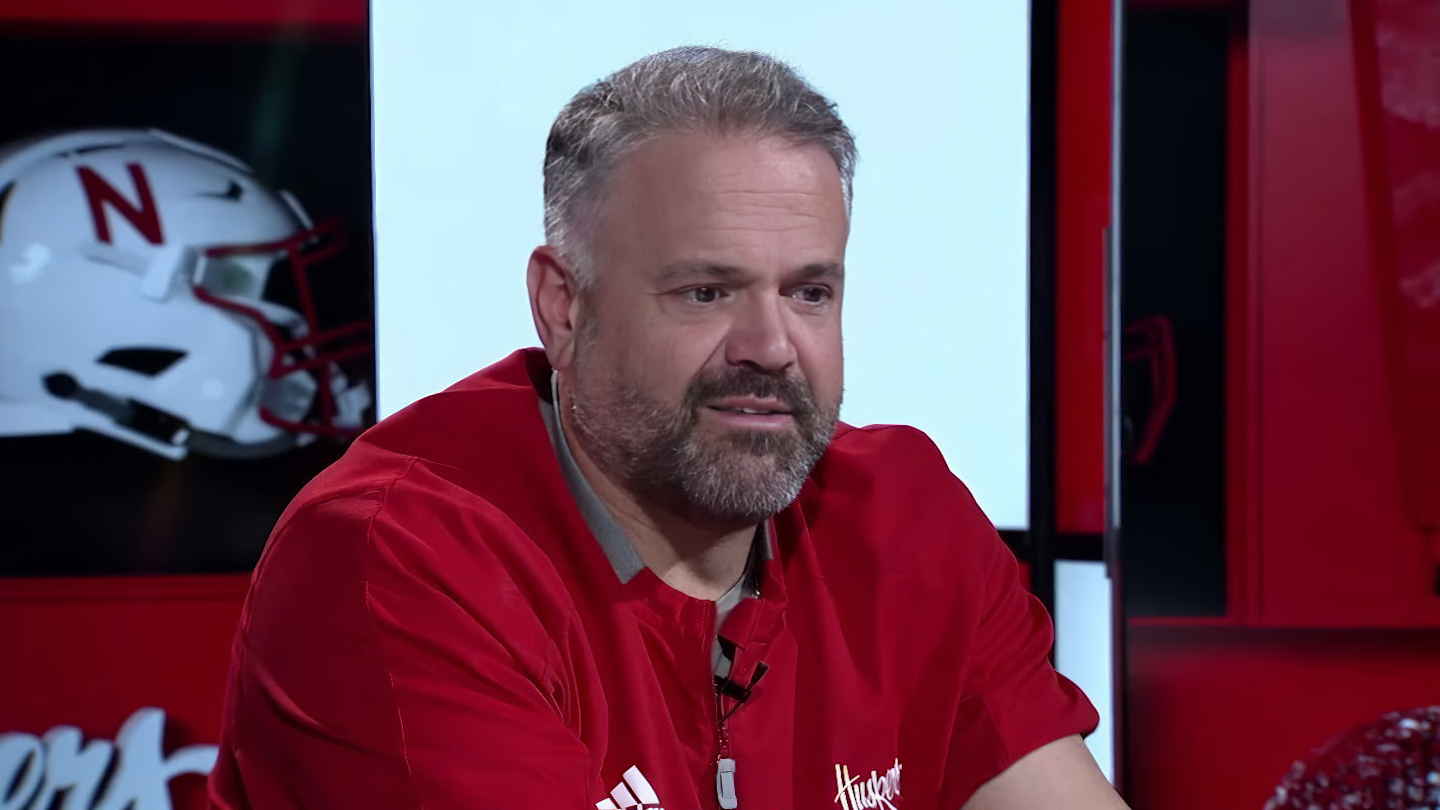

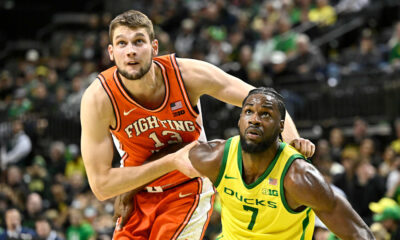




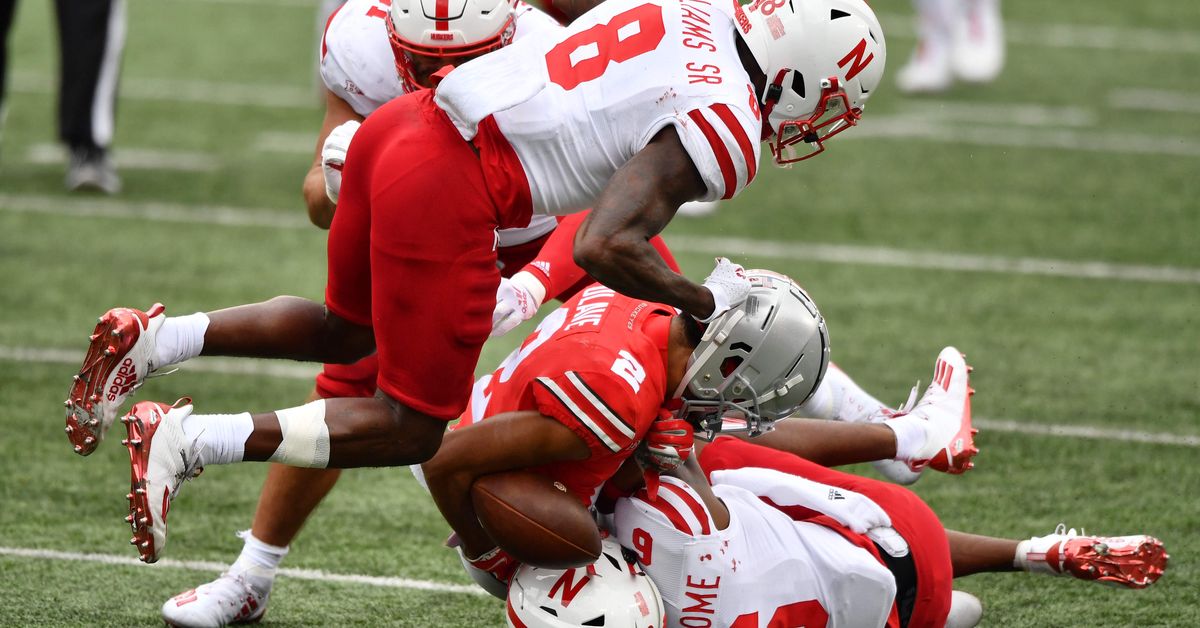


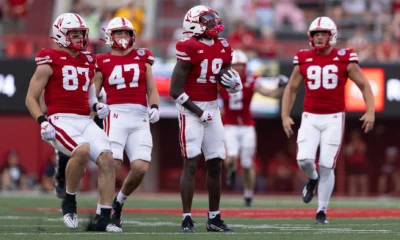







You must be logged in to post a comment Login